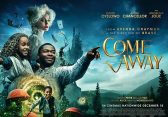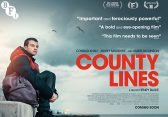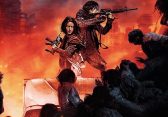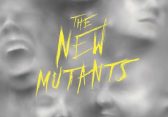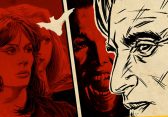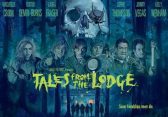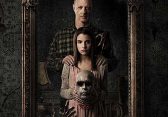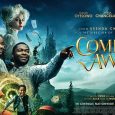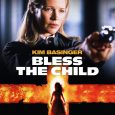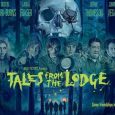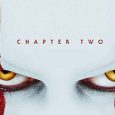Peter Jackson
In a new feature showcasing and analysing some of our favourite scenes in film history, Oliver Woodings takes an in-depth look at one of the greatest scenes from the Lord of the Rings trilogy.
The first of Peter Jackson’s Lord of the Rings films is a master showcase in pacing a long movie.
It’s a film that is constantly rushing forward due to the threat of imminent danger or death; the majority of the film is in fact a chase, with Frodo and the Hobbits being pursued by Black Riders during the first act, and once the fellowship is formed the group is consistently and ruthlessly followed by birds, Orcs and other foul beasts. This consequently adds an urgency to what is a three and a half hour film, and even during more light-hearted scenes the threat is still felt, hanging over the whole story like some sort of oppressive burden.
It’s this burden that creates a wonderful contradiction in the mind, because the film is long. It feels long. But it doesn’t quite feel that long. While every new location is given time to be explored, and every new character is given something to do, it’s the audience’s knowledge of what’s snapping at the protagonists heels that creates the perception of a much shorter, tighter film. The sequence I’ll be discussing is the unequivocal embodiment of what I’m talking about. Simply put, The Bridge of Khazad Dum is a great movie scene.
To understand the true greatness of this particular scene, you have to recognise where during the film it begins. Around the 2-hour mark, the fellowship enters the dark and treacherous Mines of Moria, which we have already been previously warned about by various characters that it’s about the worst place The Fellowship could go. So with ample tension already in the air Jackson decides to throw a little curveball: the following 10 minutes being a very quiet, sometimes eerie, sometimes wondrous, sometimes character, plot or theme driven little romp through the mines. The tension doesn’t settle completely, but the bar is lowered dramatically. Lowered until a clumsy mistake by one of the Hobbits inadvertently wakes up every goblin hiding in the deep, dark tunnels. What follows is a claustrophobic, gritty, but excellently staged battle where we get to see The Fellowship fight for the first time. Once all that is done, Jackson throws a second curveball – instead of a rest, goblin reinforcements rudely interrupt, forcing The Fellowship to flee in the face of being massively outnumbered. Already there are two things that are extremely clever about following this battle scene with another action scene:
1) The audience have just come off a high and are expecting scenes of quiet to ensue:
By giving them the briefest of pauses before turning the dial back up to 10 you create all new thrills in very quick succession, giving the film a feeling of a roller-coaster. Action-adventure films always strive for this effect and it is especially effective when done with Fantasy or Sci-Fi suitable for children.
2) Stakes are raised:
The Fellowship is now tired from the first fight (shown with Gandalf’s obvious exhaustion) and they literally cannot keep their strength up for much longer (shown when they collapse after escape). The amount of enemies has also vastly increased making it obvious that our hero’s could never win this fight.
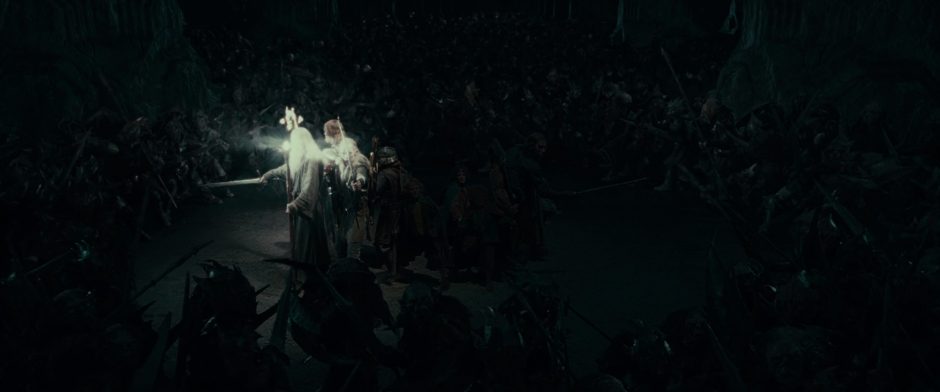
Once our nine companions begin to flee the sequence truly begins. The heroic theme of the fellowship is played with all it’s might and glory: Howard Shore’s music is effectively tapping into the fun, swashbuckling attitude of classic children’s stories here, creating a sort of Errol Flynn effect. Hundreds of goblins pursue in exciting sweeping shots, crawling out of the ground and the ceiling to entrap the fellowship in an obvious doom. The shots here particularly showcase how small the fellowship is whilst trapped in the endless underground hall. On contradiction the goblins manage to almost fill entire wide-shots with their numbers. This is a simple but extremely effective way to raise the stakes. As the music and excitement reach a peak, all sound is then cut, and the audience is left to hear the deep growl of an off screen monster. Most frightening is the fact that this makes the enemy goblins flee. We already know how vicious the goblins can be, so if they are scared of whatever made that sound, then the audience knows to be scared too. Add that to the vague exposition delivered earlier in the film about a horrible monster living in the mines, it doesn’t take much thought to put two and two together. Our heroes are now in worse peril, and that of course means the stakes are raised once again.
Gandalf (a wizard and one of the most powerful beings in Middle Earth) identifies the monster as an ancient demon called a Balrog, and tells the fellowship that they are no match for this foe and need to run. The music kicks back into gear, but the fun gusto of the fellowship’s theme is replaced by a much more frenzied and sharp piece to match the new tone. The retreating fellowship come to a treacherous chasm, one that’s danger is immediately present when one of our heroes almost falls to their death. Stakes are raised again as not only do our protagonists have a unspeakably powerful monster on their tails (providing a ticking clock), they now have to traverse a vast network of narrow staircases that could equally lead to death. Gandalf’s dialogue here (“Lead them on Aragorn… Swords are no more use here”) already suggests some form of self sacrifice, so yet more concern is raised.

